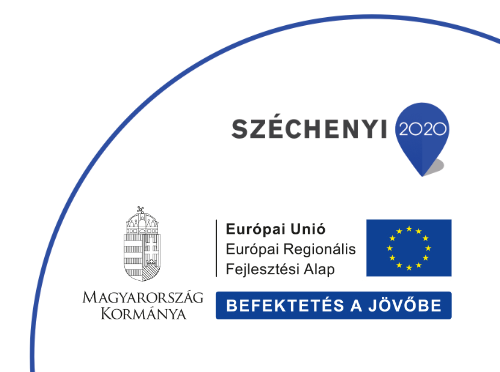Course catalogue
For the Faculty specific course catalogue, please visit the website of the given Faculty:
Course catalogue of Faculty of Humanities and Social Sciences
Course catalogue of Faculty of Law and Political Sciences
Course catalogue of Faculty of Information Technology and Bionics
Grading system in Hungary
Grading system generally used by Hungarian higher education institutions is the following (the highest grade being 5):
grade 5 = excellent (jeles)
grade 4 = good (jó)
grade 3 = satisfactory (közepes)
grade 2 = pass (elégséges)
grade 1 = fail (elégtelen) - must be repeated
Erasmus students may also receive - apart from the ECTS grades discussed below - a Hungarian mark in their Certificates.
ECTS
The performance of the student is documented by a Hungarian grade as discussed above. However, our Faculty adds an ECTS grade too, in particular in the case of credit transfers. The ECTS grading scale ranks the students on a statistical basis. Therefore, statistical data on student performance is a prerequisite for applying the ECTS grading system. Grades are assigned among students with a pass grade as follows:
A/B (80-100%) = 5 (local grade)
C (60-79%) = 4 (local grade)
D (50-59%) = 3 (local grade)
E (40-49%) = 2 (local grade)
F (0-39%) = 1 (local grade)
What is ECTS?
The abbreviation ECTS stands for European Credit-Transfer System.
What are the aims of ECTS? ECTS is intended to facilitate and standardise the recognition of academic achievements within Europe. By means of a credit point system, students' achievements can be graded and recognised by different European universities.
How does ECTS work? Each participating university is responsible for arranging distribution of credits to courses. This must be done in accordance with a limit of 240 credits for five years. For each subject, course descriptions are given and a certain number of credits are allotted. The aim of these credits is to measure student workload per course. Practice, training and written academic dissertation may also be considered part of ECTS.
The procedure is as follows: a student sends his or her application to a partner university. Prior to departure, the student concludes a so-called Learning Agreement with his or her home university. It is the aim of the Learning Agreement to determine the student's academic achievement at the partner university and to guarantee credit transfer without any limitations after the successful completion of the student's studies abroad. The transfer of credits is done via a so-called Transcript of Records which contains the records of the student's academic achievements. Said transcript is exchanged between both home and host university before and after the student's stay abroad. A copy of the transcript will be given to the student.
What are ECTS credits? ECTS credits are a value allocated to course units to describe the student workload required to complete them. In ECTS, 60 credits represent one whole year of study. ECTS credits are also allocated to practical placements and to thesis preparation when these activities form part of the regular programme of study at both the home and host institution. ECTS credits are allocated to courses and are awarded to students who successfully complete the courses by passing the examinations or other assessments.
The Faculty will issue exam transcripts for each Erasmus student. The transcripts will show the courses taken, the number of credits attached to each course and the mark attained.


